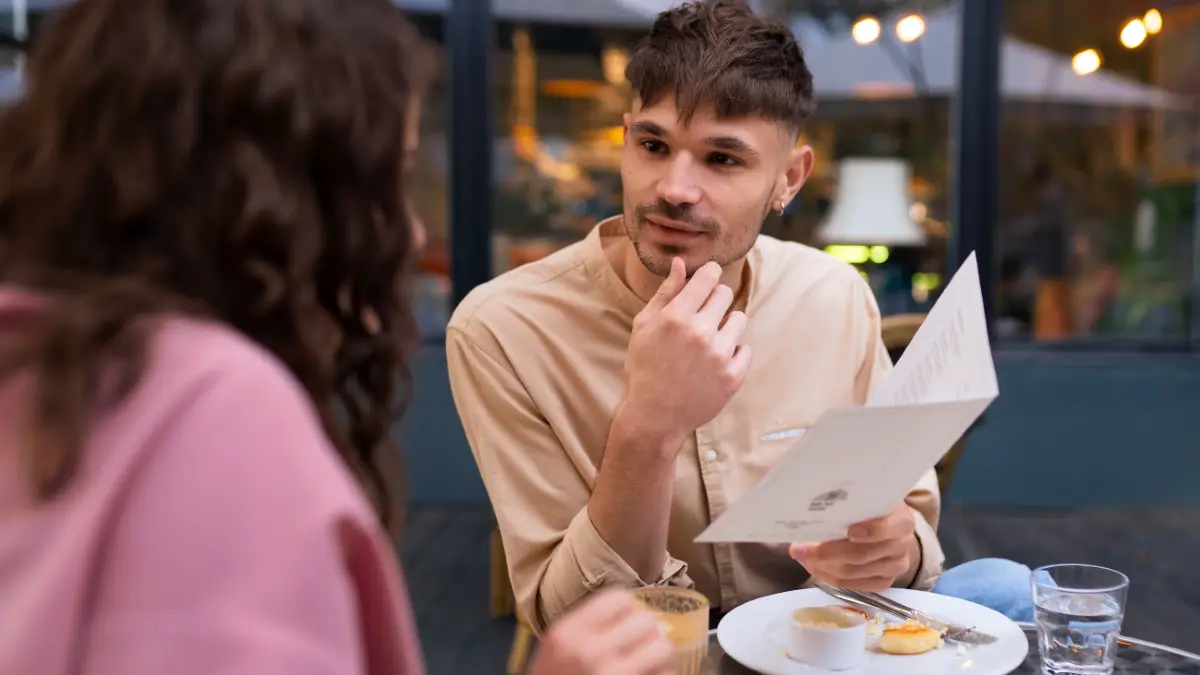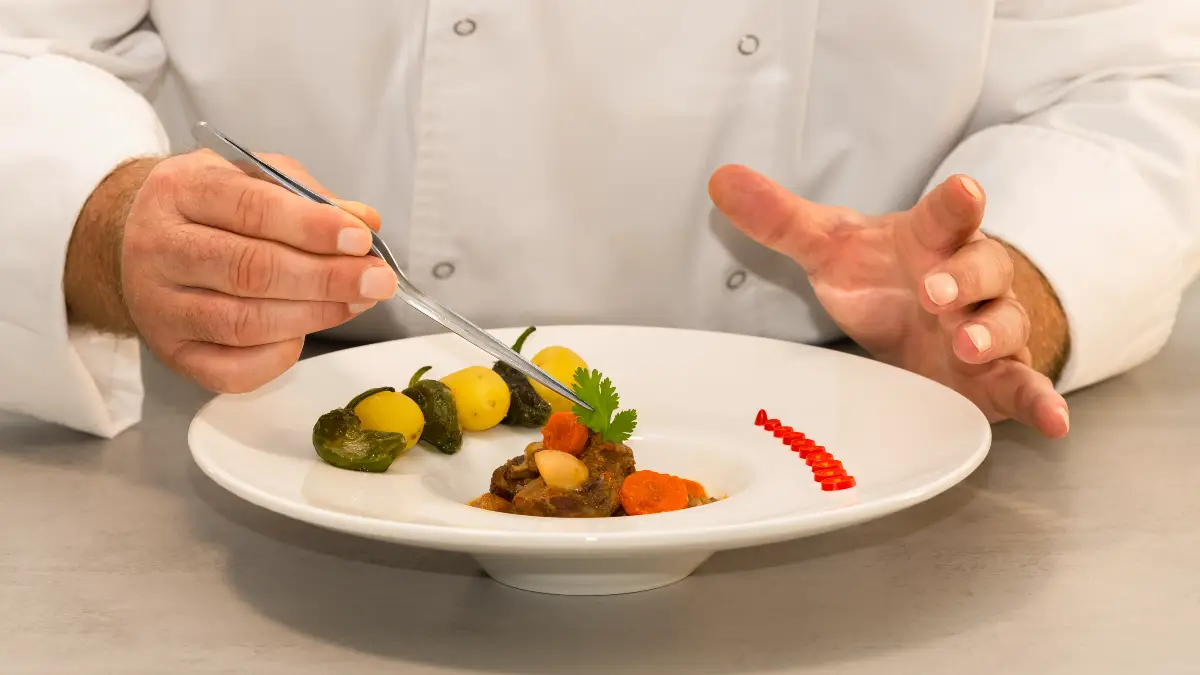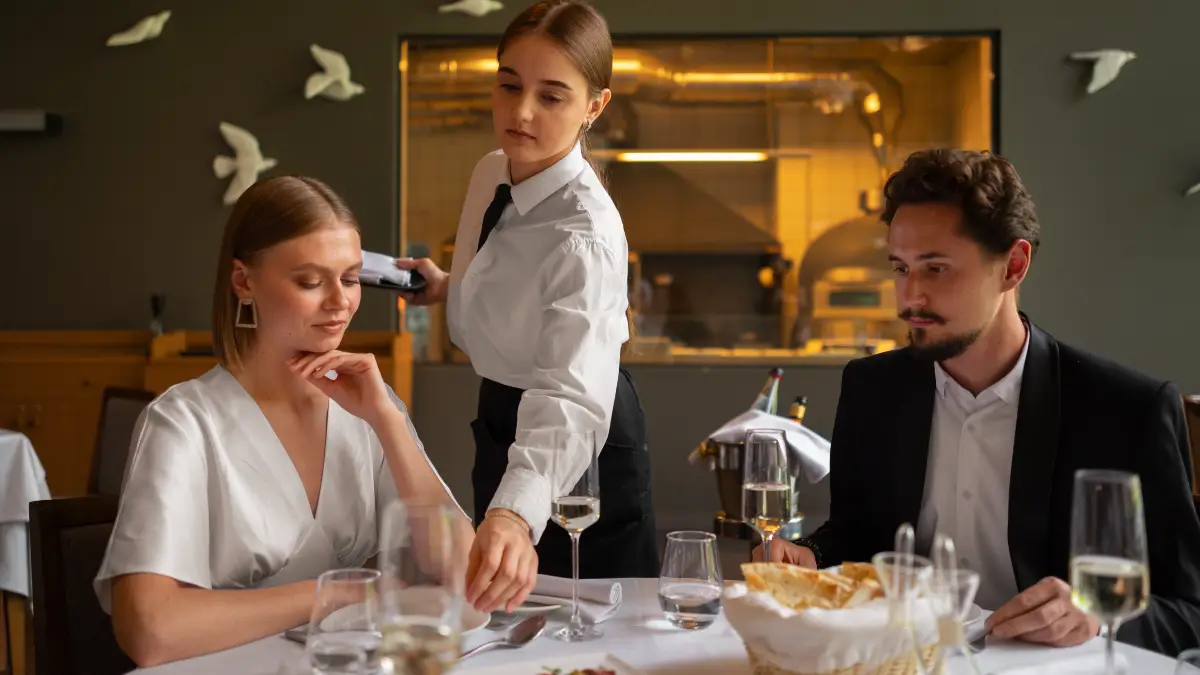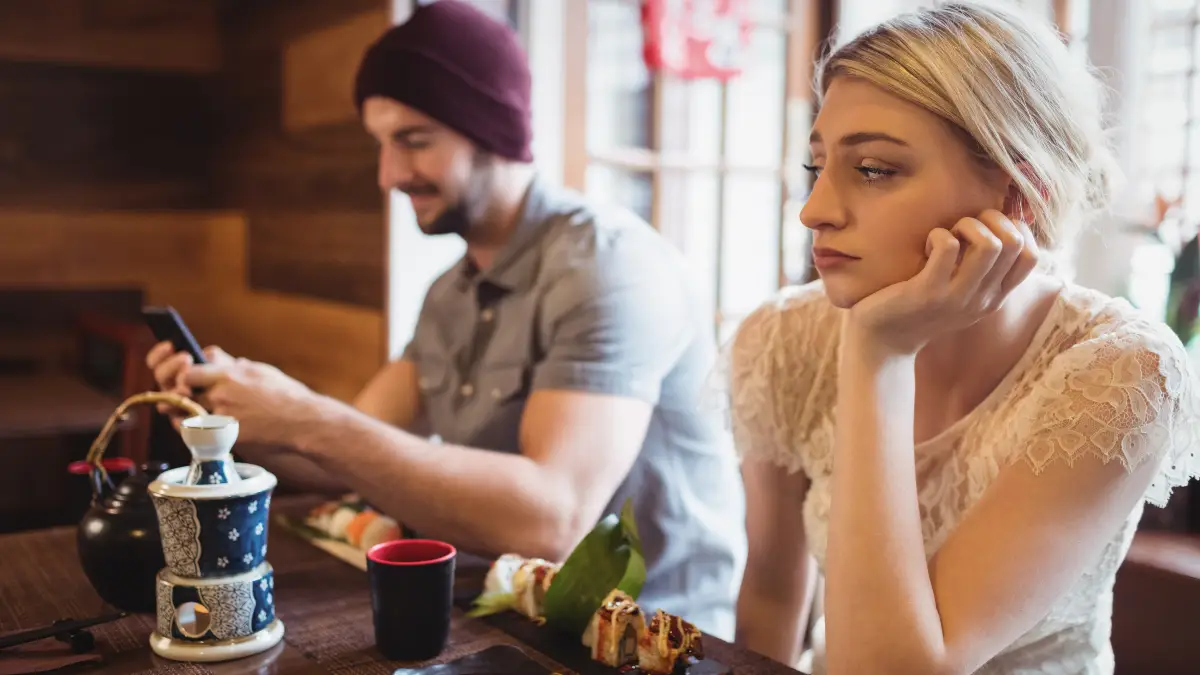That charming restaurant with the perfect view of the landmark? It’s probably going to rip you off. Tourist traps are masters of illusion, serving mediocre, overpriced food to travelers who don’t know any better.
It’s the ultimate travel disappointment: a wasted meal and a lighter wallet. But spotting these traps is a skill you can learn in seconds.
This guide breaks down the 30-Second Test, a simple checklist that instantly separates the local gems from the tourist traps. Forget guesswork. You’re about to learn how to find authentic, incredible food in any city, ensuring your travel memories are delicious, not regrettable.
Why This Is More Than Just a Meal: The Hidden Cost of a Bad Choice

Picking a restaurant is about more than just food. Your choice affects the local community. Tourist traps, especially big chains, cause something called “economic leakage”.
In simple terms, economic leakage means your money doesn’t stay in the place you’re visiting. The numbers are shocking. For every 100 dollars a tourist from a developed country spends, sometimes only 5 dollars stays in the local town.
In places like the Caribbean, this can be as high as 80%. This happens because the profits go to companies in other countries. They also import their food and supplies instead of buying locally.
This model hurts the local area. It makes the town depend too much on tourists. It creates low-paying jobs with no future. People get stuck.
So when you see a glossy menu or generic decorations, it’s not just ugly. It’s a sign of a business that takes money out of the community instead of helping it. That cheap menu shows you the business doesn’t invest in the town.
In contrast, when you pick a small, family-run place, you help the local economy. Your money goes to the family who owns it. It goes to the local butcher and farmer.
It supports the whole community. As travel expert Rick Steves said, this choice is about “being part of the party, rather than just part of the economy”.
The 30-Second Test: Your Framework for Culinary Confidence

You can do this simple, three-part test while walking down the street. It gives you a quick idea of a restaurant’s quality. It takes less time than reading a menu.
Phase 1: The Street View (First 10 Seconds – Assess from the Sidewalk)
Before you get close, the restaurant’s location and outside look tell you a lot.
- Red Flags (Tourist Trap ):
- Location: Is the restaurant right on a major square or within 200 yards of a top tourist landmark? These spots cost a lot in rent. They rely on tourists walking by, not on good food that brings locals back.
- The Hawker: Is a staff member outside trying to aggressively pull you in? This is the biggest sign of a tourist trap. Good places don’t need to do this; their food and reputation are their marketing.
- Signage: Are there big, flashy signs, constant promotions, or signs in a half-dozen languages? Be very wary of signs that say “We Speak English” or, as Rick Steves warns, “No Frozen Food.” These are almost always for tourists, and as Steves notes, “If you go in there, there’s just going to be a crowd of tourists”.
- Green Flags (Local Gem ):
- Location: The place is on a quieter side street or in a neighborhood where people live, a few blocks from the main tourist areas. As Rick Steves advises, “I will find a place on the low-rent street a few blocks away, thriving with happy, local customers”.
- Exterior: The outside is simple, maybe a little old but clean. There are no big ads, just a simple sign with the restaurant’s name.
- The Crowd: If there is a line, it is full of local people waiting for a table. This is one of the best signs you can find.
Phase 2: The Menu Scan (Next 10 Seconds – Glance at the Posted Menu)
The menu tells a story about who the restaurant is trying to serve.
- Red Flags (Tourist Trap ):
- The Physical Menu: It is a thick, multi-page book. It’s often laminated and has glossy, slightly fake-looking photos of the food.
- The Language: The menu is in five or more languages. It may also use cheesy phrases like “World Famous Paella” or “Authentic National Specialty.” Real local spots don’t need to sell you on their food.
- The Content: The menu is huge and makes no sense. It offers pizza, curry, and burgers all in one place. This almost always means they use frozen, pre-made ingredients. It may also have dishes that are not from that region but are popular with tourists, like chicken Parmesan in Italy.
- Green Flags (Local Gem ):
- The Physical Menu: The menu is short and to the point, often just one page. A handwritten menu on a blackboard or a daily sheet with the date is a great sign. It shows the chef is cooking with fresh, seasonal ingredients.
- The Language: It is written mostly or only in the local language.
- The Content: The dishes are seasonal and use local food traditions. It’s a great sign of freshness if a restaurant runs out of a popular dish by the end of the night.
Phase 3: The Interior Glance (Final 10 Seconds – Peer Through the Window)
A final check is the vibe and the people inside. This shows you who the restaurant really serves.
- Red Flags (Tourist Trap ):
- The Clientele: The room is filled only with other tourists. You hear many languages, but not the local one being spoken by customers.
- The Decor: The inside looks like a cheap imitation of the local culture—generic props made to look “traditional” instead of feeling real.
- The Table: Small clues matter. In Italy, for example, salt and pepper shakers on the table is a big red flag. It means the restaurant is for foreigners, as locals trust the chef to season the food perfectly.
- Green Flags (Local Gem ):
- The Clientele: You see a good mix of local people: families, office workers on lunch break, and regulars greeted by name.
- The Decor: The feel is simple, real, and clean, even if it’s a bit worn. You might see family photos on the wall or a local soccer game on a TV in the corner.
- The Vibe: The place is busy with the energy of happy, local customers. It feels more like a community spot than just a business.
Some newer tourist traps are tricky. They look authentic with a chalkboard menu or a rustic style. But they are still in a prime tourist spot with high prices. Here’s the difference: they are acting authentic.
A restaurant that yells about how “traditional” it is, is putting on a show. A real local spot doesn’t have to try. It’s just part of the neighborhood.
| The 30-Second Restaurant Test: At-a-Glance Checklist | |
| Tourist Trap (Red Flags ) | |
| 1. Street View (10s) | On main square, near landmark; Hawker outside; Multilingual signs |
| 2. Menu Scan (10s) | Laminated book; Glossy photos; 5+ languages; Huge, varied menu |
| 3. Interior Glance (10s) | 100% tourists; Generic, “themed” decor; Empty when locals eat |
Beyond the First Impression: Advanced Techniques for the Savvy Diner

If you have more than 30 seconds, you can use these other tricks to find great food.
The David Chang Method: Hacking Word-of-Mouth
Celebrated chef David Chang has a simple trick: skip the official guides and talk to people who work in service jobs.
Ask the barista who makes your coffee, the bartender, or your taxi driver where they like to eat on their day off. They often know the city’s food scene well and can give you tips you won’t find in guidebooks.
Chang also has a “restaurant next to the restaurant” idea. He notes that once a place gets famous, it often fills up with tourists and is hard to get into.
The smart move is to check out the similar, less-famous place right next door. It might be run by a relative or former worker of the famous spot. It could serve food that is just as good to locals who couldn’t get a table at the now-famous place.
Decoding the Digital Clues in 2025
In 2025, you’ll probably use your phone to find food. A clear majority of travelers—56%—use Google for restaurant tips. The key is to use these tools the right way.
Google Maps & TripAdvisor:
Don’t just look at the star rating. Instead, filter the reviews. Look for comments written by locals or by experienced travelers who give specific details about the food.
Be careful with restaurants located next to a major landmark that have thousands of generic, five-star reviews; this can be a sign of a tourist mill.
Social Media & Blogs:
Travel influencers can be paid to promote places. A better idea is to find local food bloggers.
Search for things like “[City] food blog” or location-based hashtags such as #RomeEats or #AuthenticTuscanFood to find people who really know the local scene. Their websites often have hidden spots and detailed guides.
The New Frontier: Niche Communities:
One of the best methods for 2025 is to join hyper-local online groups. Invite-only Telegram channels, private Facebook groups, or dedicated subreddits for a city’s food scene have tons of real advice from locals.
There, you will find honest opinions and tips on what to order, all free from ads and paid promotions.
A Note on “Authenticity”: What It Really Means to Eat Like a Local

Trying to find “authentic” food can be tricky. The idea of a “local” meal doesn’t always match reality.
As people on travel forums say, eating like a local in Paris can mean waiting in line at a packed McDonald’s. In Medellin, it might be hanging out at a shopping mall food court.
This makes you think: what are you really looking for? Is it a perfect, old-fashioned dish? Or is it just a good, fairly priced meal from a place that treats its people and community well?
Maybe the goal in 2025 should be different. Instead of hunting for some perfect “authentic” meal, the aim should be to avoid exploitation and to support the local economy in a positive way.
Eating “like a local” could mean trying the great kebab shop in a regular neighborhood that is busy every night, not just the fancy place with a Michelin star.
It is about being open, curious, and deciding for yourself what the “best” experience is. You’ll find that the most delicious food is often found where different cultures meet.


